By REDintern Ng Bing Wen
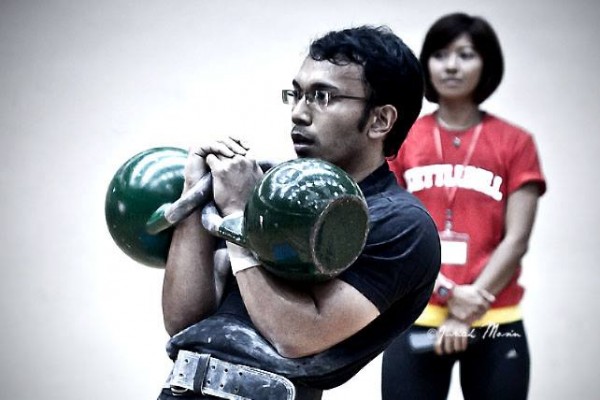
Alaudin of Singapore won the gold medal in the 24kg category. He had a jerk and snatch result of 62 and 87. (Photo 1 © Juriah Mosin Photography. Used with permission)
Toa Payoh Sports Hall, Saturday–Sunday, July 6-7, 2013 – The two remaining solitary figures strained mightily under a cannonball look-alike weight which was perched overhead and deftly grasped by straightened but shaking arms. The audience watched them closely as they continuously swung the mysterious ball. The sight was most unusual.
Finally, overcame by fatigue, one of the competitors crumbled slightly and lost her balance. Ensuing cheers and wolf whistles signaled the end of the National Strength Sports Classic 2013 for the kettlebell component.
“At first glance, it may look deceivingly easy,” Miss Hayati Nuffus explained patiently.
Owner of Alphafit, a boutique gym located in Bukit Timah, she specializes in kettlebell training and has honed her skills through participating – and winning – more competitions than the number of times most people can lift a 48kg kettlebell.
“But once you pick up that ‘thing’ and start swinging it for more than a minute, you start to realize that maybe there’s more to kettlebell sport than meets the eye. Most athletes, especially weightlifters tend to overestimate their abilities and end up demoralized by the lighter kettlebells. Care to try?”
I hesitated.
“Fine. Don’t look so worried please,” reassured Hayati.
The History of Kettlebell Sport
Kettlebell sport traces its origin back to 1704 when the the word ‘Girya’, meaning kettlebell, was first published in the Russian dictionary. During festivities of that era, it was commonplace for Russian men to show their abilities with kettlebells, which were used to compare strength, endurance and coordination.
In the 20th century, the Soviet army started utilizing kettlebells as part of their physical training and conditioning programs. Ever since then, their rise to prominence has been chronicled by the widespread usage of kettlebells for competition and sports throughout Russia and Europe since the 1940s, thus leading to the birth of modern kettlebell sport.
Introduction to the Kettlebell lifts
The kettlebell movements are very similar to the Olympic lifts so some of their names may ring a bell for some strength enthusiasts.
“The snatch is performed by swinging one kettlebell from between the legs to the overhead position. The clean is performed by swinging the kettlebells to the ‘rack’ position and the jerk is an overhead thrust of two kettlebells from the ‘rack’ position which is located around the chest,” said Hayati.
The Rules and Judging
Kettlebells come in various weights ranging and lifters are free to select their kettlebell weight. Their placing in competition is determined by the total amount of weight lifted (kettlebell weight multipled by the number of repetitions) divided by one’s bodyweight.
Five minutes can feel like forever so athletes are advised to select their kettlebells carefully.
The Competition Format
In the first individual event, The Long Cycle, the lifter must produce as many repetitions as possible (AMRAP) in the clean and jerk segment. The other event, The Biathlon, requires the athlete to perform the jerk for AMRAP followed by the snatch for AMRAP. The time allocated for each lift is 10 minutes.
Lastly, there is a team event which requires groups of three – two males, one female – to perform the snatch followed by the clean and jerk for a total of two and a half minutes per lift.
The Results
A sport as demanding and taxing as kettlebell naturally produces many impressive displays of superhuman determination as witnessed in the female events.
One of those who raised eyebrows was Sumarni from Indonesia. Despite weighing a mere 53.4kg, she was swinging the 16kg kettlebell with unmatched grace and poise to top the charts as Best Female Lifter with 110 reps in the long cycle event.
Equally impressive feats were seen in the other events. Ms Winnie Kwek of Singapore executed a stellar performance with an impressive count of 95 repetitions in the female long cycle event using a 12kg kettlebell.
In the female biathlon, Gullnaz of Singapore, and the youngest competitior in the meet, Santavana of Indonesia, emerged first amidst tough competition in the 12kg and 16kg categories respectively.
Santavana was the youngest competitor at 13 years of age, and the lightest at 48.2kg. The reason for such unworldly strength? An early initiation into the world of kettlebell lifting seems to hold the key to her phenomenal success.
“When I was 5 years old, my dad taught me how to swing the 8kg kettlebell. I enjoy power and strength training because I like to be strong; this passion has seen me through two years of kettlebell training and will continue to be my motivation to work harder.”
Not to be outshone by the fairer gender, the male lifters put up an equally good show.
For the male biathlon category, Ganesh and Alaudin, both of Singapore, bagged the gold medal in the 16kg and 24kg categories. Ganesh had a jerk and snatch result of 111 and 58, while Alaudin hit 62 and 87.
Despite weighing close to 20kg lighter than the other male lifters, Aldi of Indonesia outshone the competition in the Long Cycle 16kg category by nearly matching them in the number of repetitions lifted. He was also awarded the title of Best Male Lifter.
The final event of the meet was the Female Team Challenge. The champion trio representing Alphafit outshone their competition with an average score of 87.3 jerks using a pair of 12kg kettlebells.
Now, that’s called girl power.
More photos next page

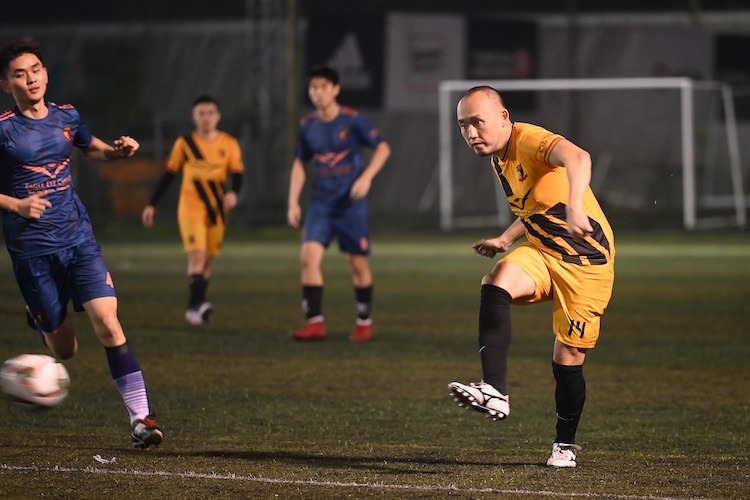
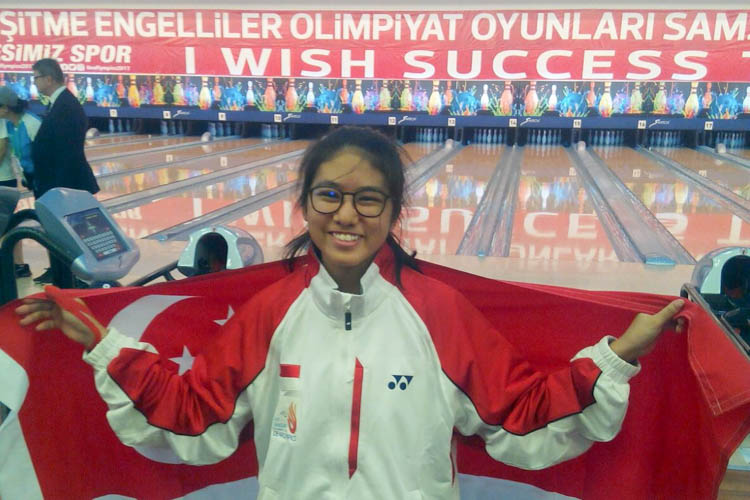
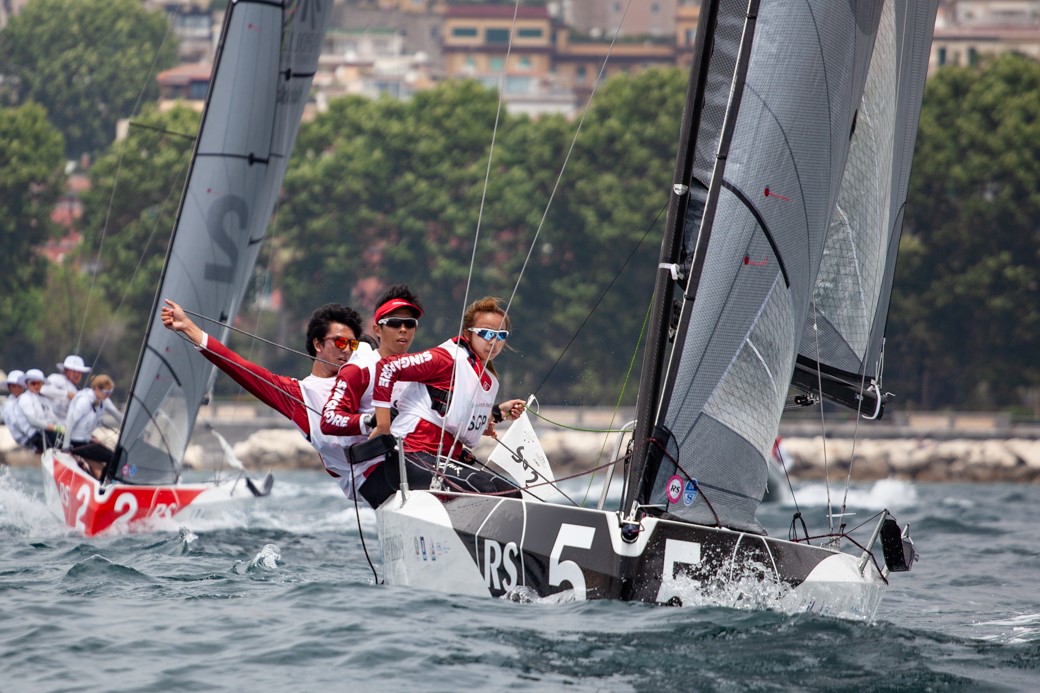
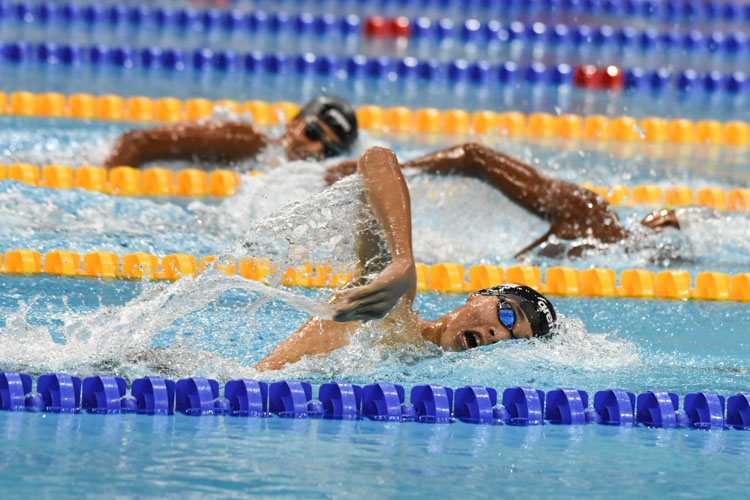
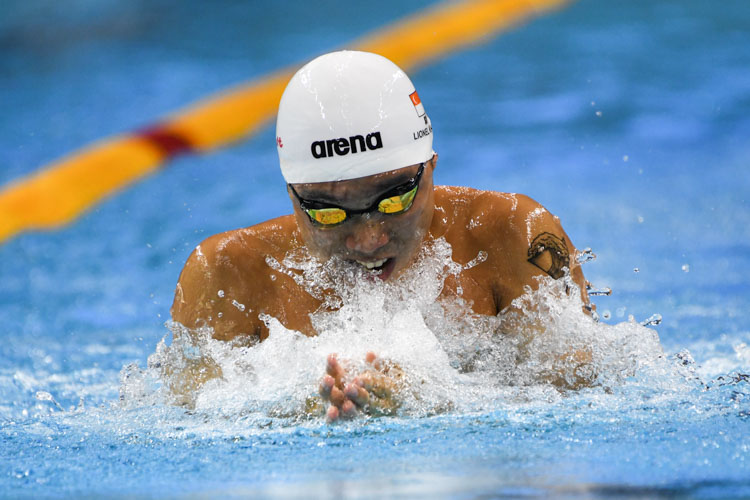

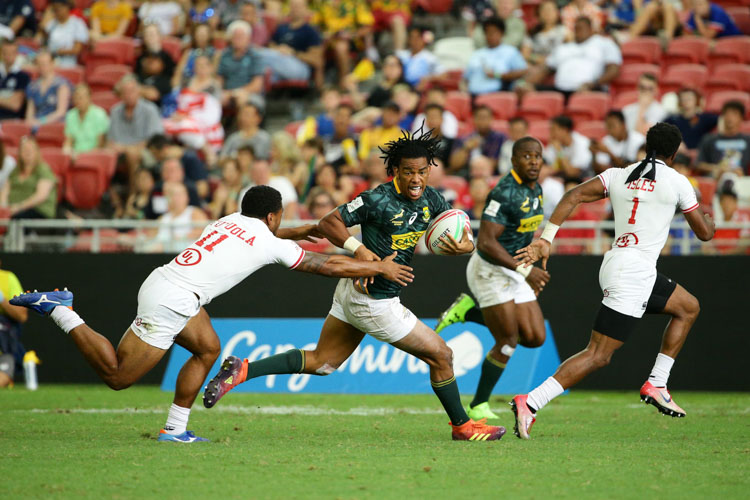
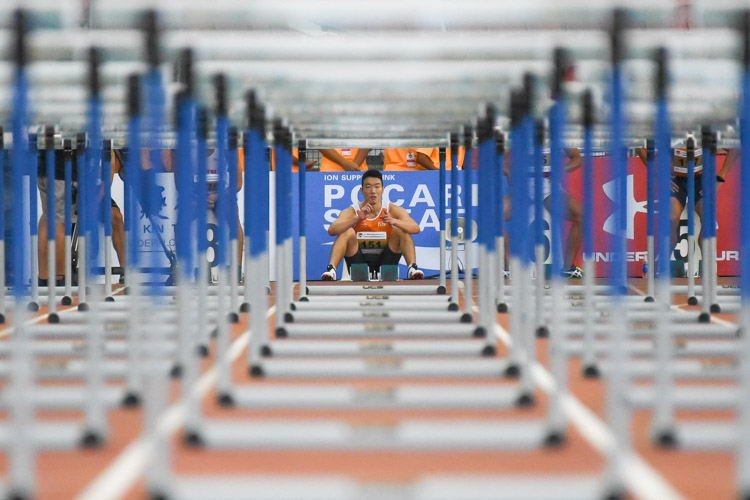
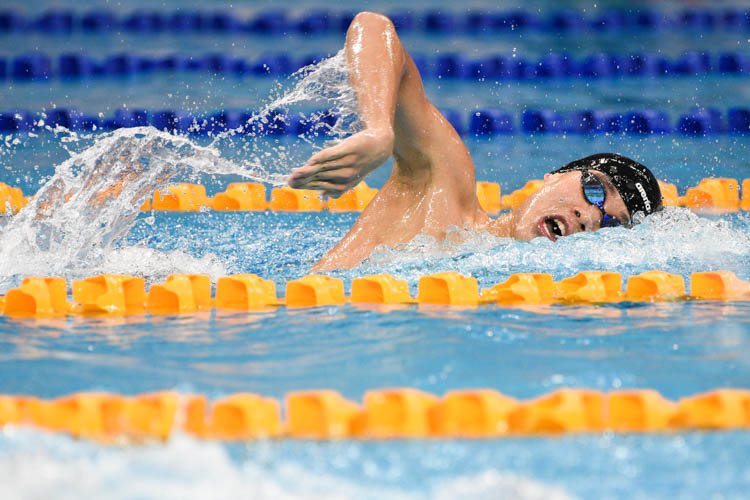
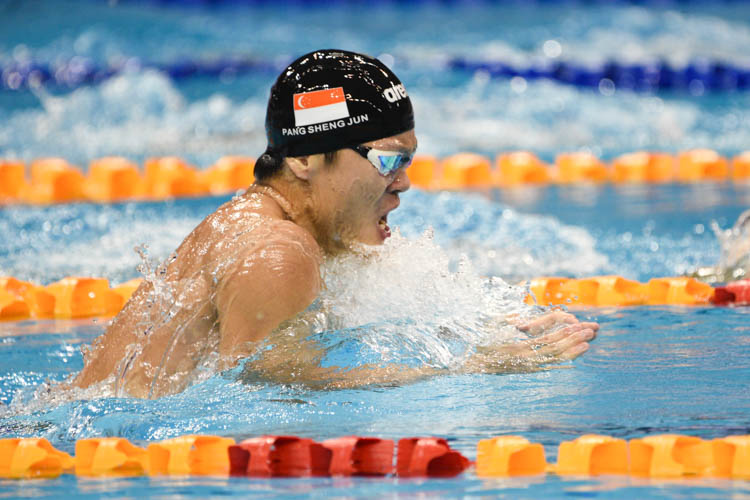
Leave A Comment